The Archaeological Park of the Colosseum expands its offer to the public with a ticket dedicated to the exclusive visit of the Roman-Palatine Forum and Imperial Forums, which will also guarantee access to all SUPER sites (House of Augustus, the Temple of Romulus, Santa Maria Antiqua, Oratory of the Forty Martyrs, the Curia Iulia).
With just one ticket you can visit the Roman Forum, the Palatine Hill, the Imperial Forums and the Mamertine Prison.
Access to the archaeological area of the Roman Forum / Palatine from the dedicated entrance located in Clivo Argentario, and enjoy Ancient Rome without queuing up.
Access to the Imperial Forums from the Trajan's Column, Via dei Fori Imperiali.
To listen to the audio guide you will need to download our Vatican&Rome App from the App Store or Play Store
Place of exchange and issuance of the ticket
The ticket can be used within one month from the date of purchase, is valid for 1 day and includes:
The accesses to the SUPER sites are limited, as they preserve precious paintings that could be affected by excessive crowding. The access to the SUPER sites will be starting from 9:30 am until 1 hour before closing.
* THE REDUCTION BETWEEN 18 and 25 years (ends the day after the age of twenty-five) IS PROVIDED FOR:
Super sites that can be visited click here
Roman Forum-Palatine and Imperial Forum opening hours:
from 1st Jannuary to 29th february 2024
every day, from Monday to Sunday
9.00 - 16.30
Last admission one hour before closing
______________________________________________________
From 1st to 30th March 2024: 9.00 - 17.30
From 1st to 30th September 2024: 9.00 - 19.15
From 1st to 26th october: 9.00 - 18.30
From 27 october to 31 december 2024: 9.00 - 16.30
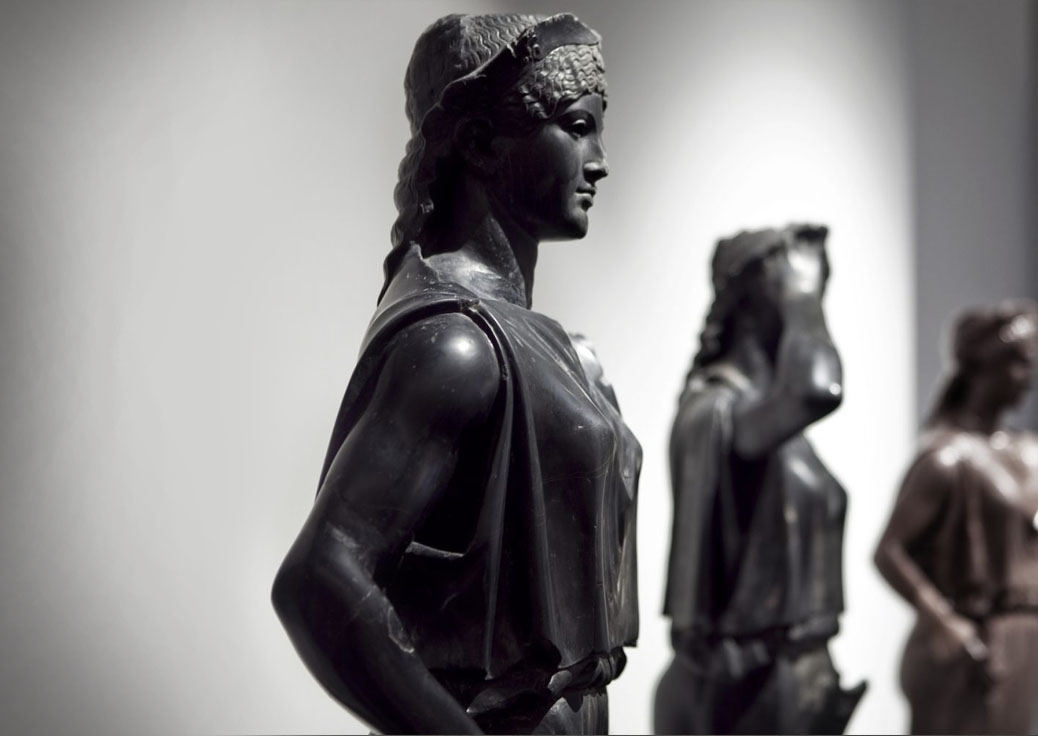
The Palatine Museum is housed in the former convent of the Visitation Nuns, built in 1868 on the remains of Domitian's palace. Here in the 1930s, the new Palatine Antiques dealer was set up.
Many of the materials found in the numerous excavations that affected the Palatine Hill from the second half of the nineteenth century were transferred to the Museum of the Baths (of Diocletian).
After the Second World War, only a small part of the collection finally returned to the Palatine.
In the nineties of the last century the museum was reorganized and rearranged, improving its usability thanks also to multimedia installations.
The path is divided into two floors. On the ground floor, in rooms that retain the original structures of the pre-existing domus, the history of the hill is told from the origins of Rome to the advent of the Principality (1st century BC). On the first floor, among the many works on display, are the finds from the time of Augustus, the emperor who first changed the appearance of the Palatine, the mosaics and precious paintings from Nero's Domus Transitoria.
hide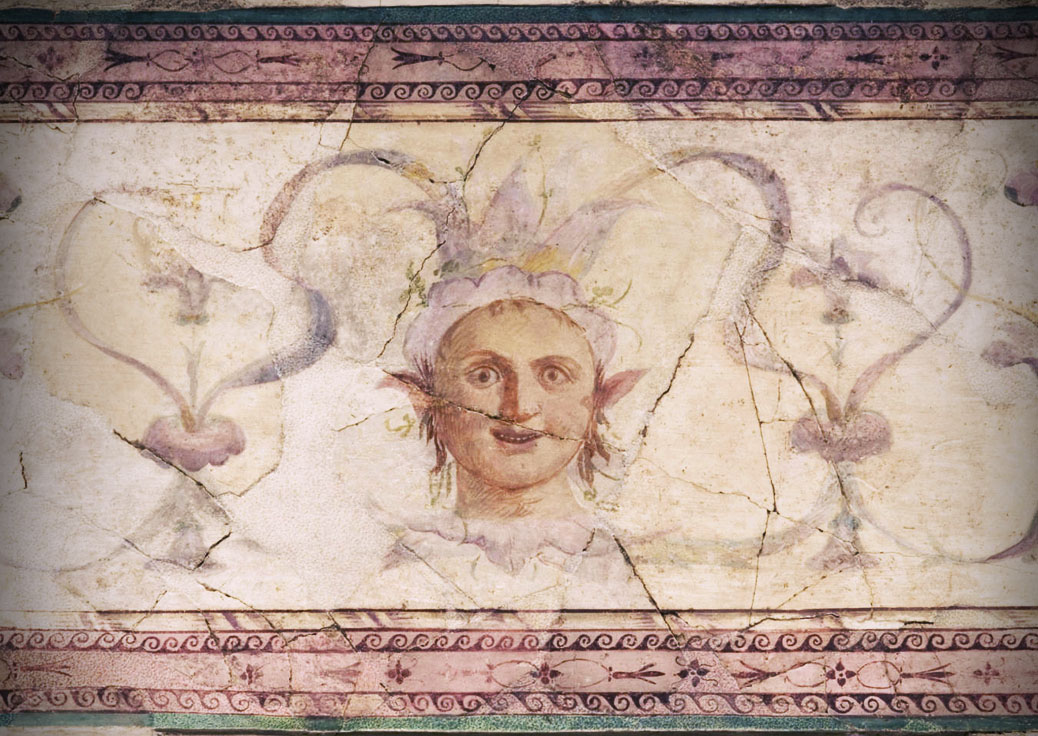
Octavian was born on the Palatine Hill in 63 BC. and here he decides to place his residence, determining with this choice the destination as an imperial residence that the hill maintained until the fall of the empire. The house, which had many phases of life up to the Flavian era, was divided into a representative area, connected to the Templar area, and a private one, both characterized by mosaic floors and refined pictorial decoration.
Among the private rooms it is possible to admire the "Room of the masks", which evokes the complex facade of a theatrical scene, and the "Room of the pine festoons", both with simple but refined mosaic carpets in alternation of black and white.
The public part originally overlooked a porticoed peristyle and still retains pictorial decorations of the highest quality, perhaps the finest examples of late II Style Roman painting.
hide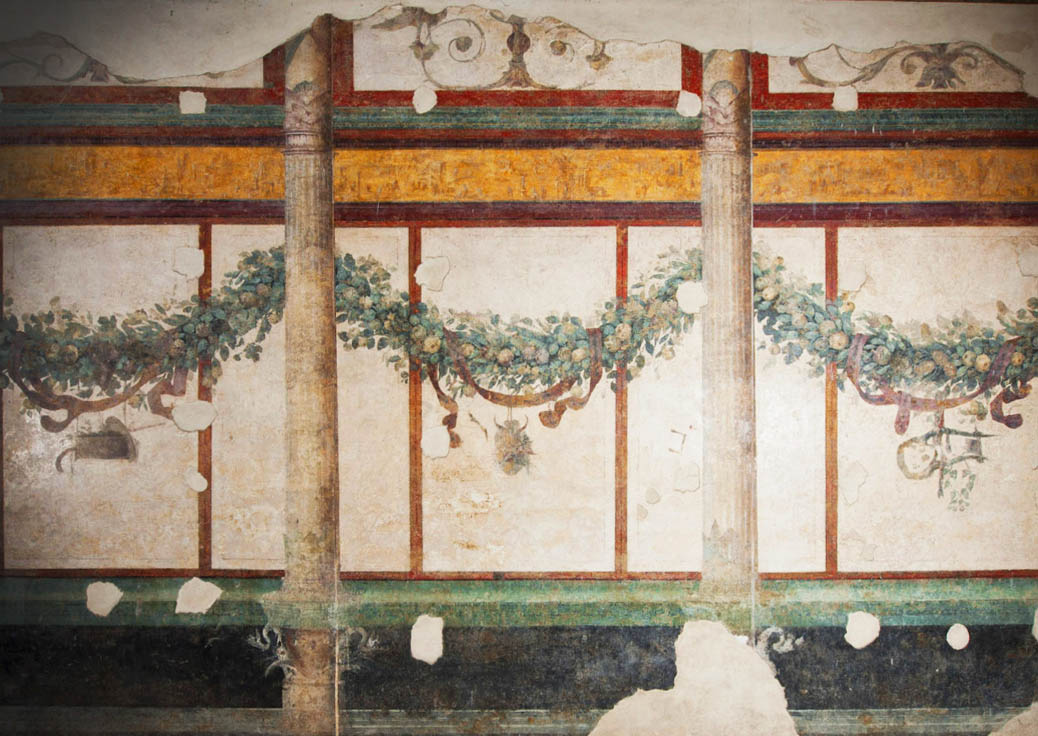
This rich private domus of the first century BC, brought to light by nineteenth-century excavations, has been attributed to Livia on the basis of the name Iulia Augusta engraved on a lead pipe exhibited in the tablinum (reception room).
It consists of a quadrangular atrium on which there are four rooms paved in mosaic, with painted walls dating back to around 30 BC, considered among the most important testimonies of the II Style in Rome.
At the back, the tablinum opens in the center and two rooms symmetrically on the sides.
To the right of the atrium there is instead an environment interpreted as a triclinium (dining room).
hide
In the heart of Rome's imperial power: from Mamertine Prison to Colosseum
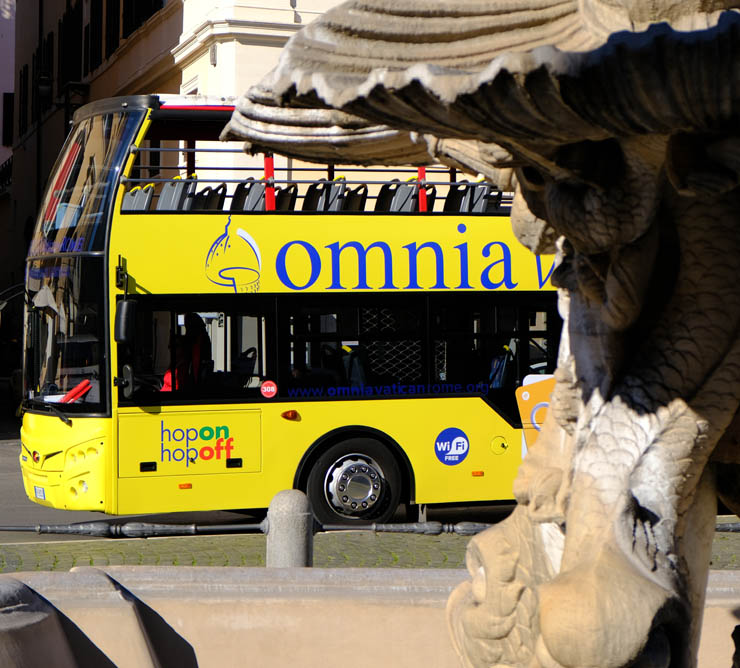
Discover the Eternal City aboard our unmistakable yellow Vatican&Rome Open Bus and explore new routes using the fleet of our partner City Sightseeing Roma.
Rome is an open-air museum. Comfortably seated and with a multilingual audio guide system, you can look at the Eternal City from another point of view.
An experience loved by young and old.
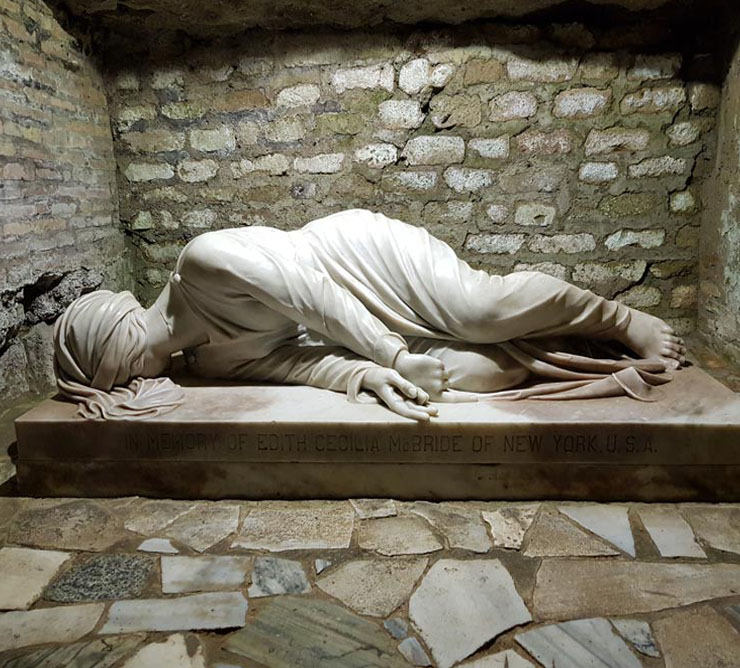
Discover one of the largest Roman Catacombs and visit the Cathedral of Rome, the first of the four major papal basilicas and the oldest and most important basilica in the West. The Scala Santa and the Sancta Sanctorum, the Pope's private chapel until the Renaissance period.